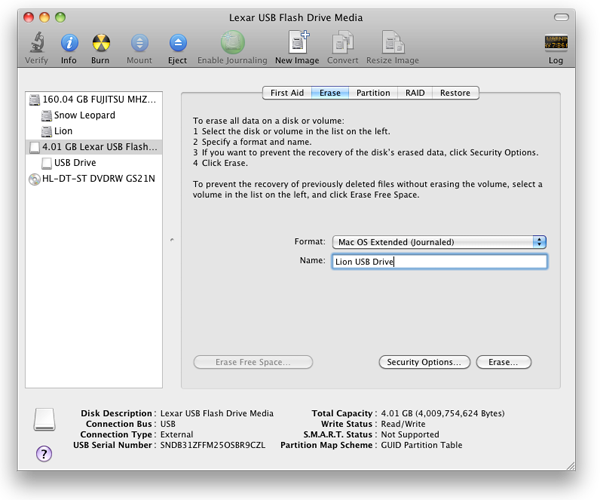

- CREATE BOOTABLE USB WINDOWS 10 ON MAC HIGH SIERRA SOFTWARE
- CREATE BOOTABLE USB WINDOWS 10 ON MAC HIGH SIERRA PC
The machine will start to boot from the USB drive. NOTE: Have multiple USB devices connected to your Mac? Don’t worry. The Startup Manager only lists drives that include bootable content.
CREATE BOOTABLE USB WINDOWS 10 ON MAC HIGH SIERRA PC
Starting your PC using USB rescue media is not difficult, although it first requires an adjustment in the BIOS (Basic Input Output System). #How to make a bootable usb mac high sierra on windows 10 Pc# That’s because the BIOS settings include the boot sequence the machine follows when starting up.
CREATE BOOTABLE USB WINDOWS 10 ON MAC HIGH SIERRA SOFTWARE
The boot order tells the machine which devices to search for the software needed to launch the computer and the priority each device in that search.

#How to make a bootable usb mac high sierra on windows 10 software# If you’re booting from USB media, you must change the BIOS boot order so the USB device is listed first. Otherwise the computer will load from the hard drive as normal. Start by plugging the thumb drive into a USB port.
Press the Power button for your computer. During the initial startup screen, press ESC, F1, F2, F8 or F10. (Depending on the company that created your version of BIOS, a menu may appear.) When you choose to enter BIOS Setup, the setup utility page will appear. Using the arrow keys on your keyboard, select the BOOT tab. Move USB to be first in the boot sequence.Īll of the available system devices will be displayed in order of their boot priority. NOTE: If you cannot find USB or Removable Devices among the device options, your BIOS may list it under Hard Drive Devices. Expand to show all hard drive device options. Move USB device to the top of that hard drive list. Save the change and then exit the BIOS Setup. The computer will restart using the new settings, booting from your USB drive. Stay alert! Depending on your BIOS, you may be prompted with a message to Press any key to boot from external device and you will only have a few seconds to respond. If you do nothing, your computer will go to the next device in the boot sequence list, which will likely be your hard drive. In the future, your computer will first check the USB port for boot media when starting up. That won’t be a problem, since the BIOS will move to the next device in the boot sequence. unless you keep the boot media in the USB port. Then the system will launch from that device every time. To boot Ubuntu from USB media, the process is very similar to the Windows instructions above. Ubuntu will launch and you can begin to working in the system – setting preferences, reconfiguring the system as needed, or running any diagnostic tools.The installer boot menu will load, where you will select Run Ubuntu from this USB.After the USB flash drive is inserted into the USB port, press the Power button for your machine (or Restart if the computer is running).Confirm the BIOS boot sequence lists the USB drive first, or make that change as needed. 
Regardless of the operating system you are using, booting your machine from USB media does not need to be difficult. A general understanding how your system loads can provide the basics needed to understand what is going on when you use boot media.Ĭreating USB boot media doesn’t need to be difficult either, although there are several options to consider.įor Mac users, we recommend visiting Apple’s support page on USB boot media. It provides guidance that is specific to the iteration of OS X you are running (i.e. #How to make a bootable usb mac high sierra on windows 10 Pc#.#How to make a bootable usb mac high sierra on windows 10 software#.







 0 kommentar(er)
0 kommentar(er)
